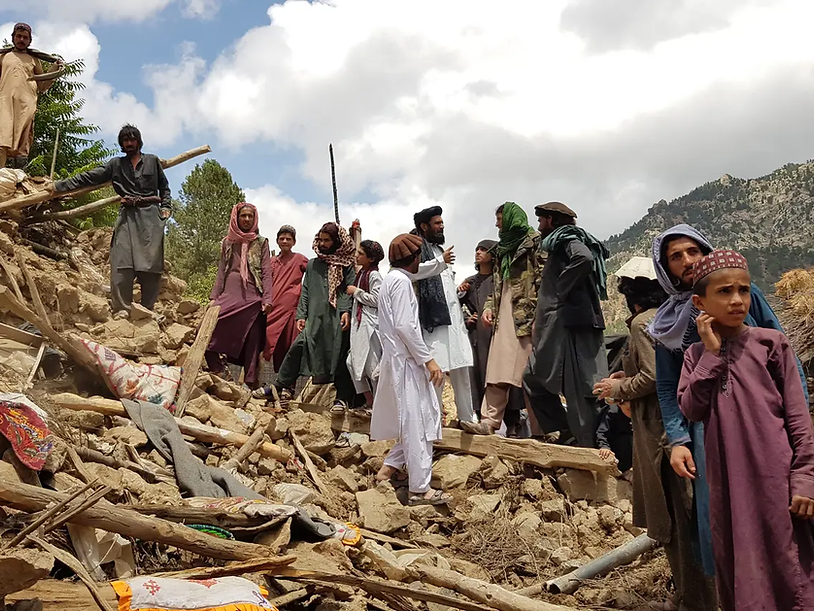By: Ethan Pu
A 5.9 magnitude earthquake struck the Geyan District of Paktika, a remote area in southeast Afghanistan, early on the morning of Wednesday, June 22nd. It is the deadliest quake to hit Afghanistan in two decades. The United Nations humanitarian office estimates that 770 people were killed and 1,440 people injured — but they cautioned that numbers were likely to rise.
Many are left wondering how a moderately strong earthquake could be so deadly. A villager cried out, “I lost everything, my whole world, my whole family, I don’t have any hope for the future.” Another rescued resident described a nightmarish scene in the pouring rain, as homes shattered, cries for help echoed, and many people lay dead in the rubble. Apart from striking at night, while most everyone in the area was at home asleep, many homes in this part of Afghanistan are made of easy-to-break masonry or even mud. The region is also seismically active, a result of the stresses that have built up in large crustal plates.
Unseasonably cold weather has made the search-and-rescue work more challenging and the poor living condition of the villagers more devastating. Even before the earthquake, most villagers struggled to make money, with many making no more than $55 a month. Many Afghans are afraid that the earthquake and the aftermath will take away a sense of security, hardly earned after long wars.
The aid from international humanitarian organizations, local aid groups, and generous locals is coming into the region slowly. American humanitarian aid to Afghanistan has sent over $1 billion directly to humanitarian programs, but wider and larger economic assistance is needed from the US government, according to many human rights advocates.
The remoteness and treacherous hilly roads of the affected areas have hindered aid efforts. In addition, the Taliban government was cut off from Western donors by sanctions after a long war. Since the Taliban takeover of the country last August, US aid has been withheld despite pleas from the Afghan government. The Biden administration has indicated that funds might be granted once the Taliban rejects terrorists and increases women’s rights, in accordance with a previous agreement. However, the US government has recently signaled that it is open to discussing humanitarian earthquake relief with the Taliban government.











